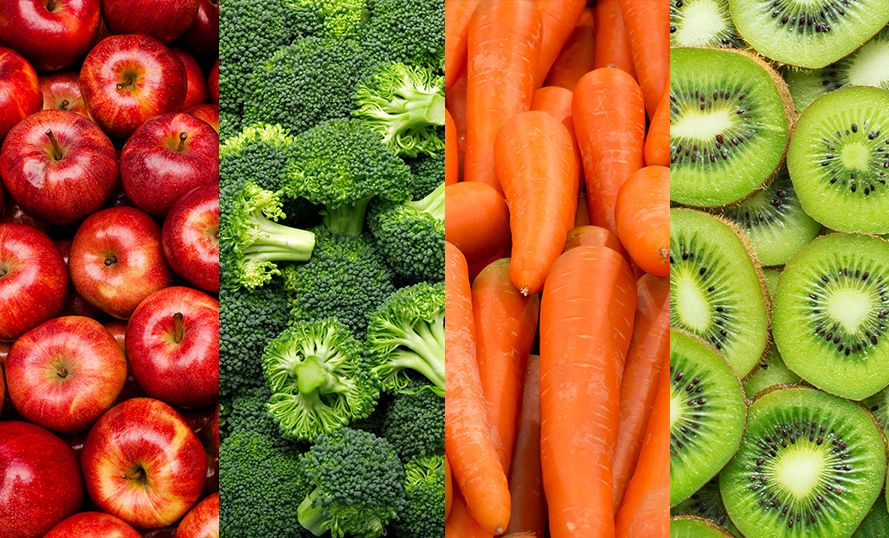What’s In Season This Winter
Eat Fresh
Consuming what is in season is not only cost-effective, it’s healthier for you, allowing you to absorb all the important nutrients. Whether it’s in your breakfast, lunch or dinner, we’ve put together a list of winter-friendly fruit and vegetables that you can incorporate into your diet.

Winter Fruits:
Apples, Avocados, Bananas, Custard Apples, Grapefruit, Kiwifruit, Mandarins, Oranges, Pomelo and Strawberries

Winter Vegetables:
Beetroot, Broccoli, Brussels Sprouts, Cabbage, Carrots, Cauliflower, Kale, Potatoes, Pumpkin, Spinach, Sweet Potatoes and Turnips
Eat to Fight Disease
Cold winter conditions make it easier for you and your family to get sick. Prevent illness by increasing Vitamin C consumption. Many citrus fruits such as Strawberries, Oranges and Kiwifruit will strengthen your immunity, while Vitamin-C rich vegetables such as Tomatoes, Broccoli, Capsicum and Red Cabbage will also help.

Growing your own produce in Winter
Grow your own produce and have handy ingredients at home. Vegetables that can be grown in winter include: Beetroot, Broad beans, Cabbage, Carrots, English spinach, Onions, Potatoes, Silver beet and Turnip. Tend to your own herb garden with these winter-thriving herbs including chives, coriander, garlic, lemongrass, mint, oregano and parsley. They can even be grown indoors as long as they’re need a sunny window to thrive.
Tips for growing:
- Plant seeds in areas with the most sunlight to ensure they can thrive even when temperatures are low.
- Pests can still cause problems in winter, ensure to use pest control to keep them away.
- To avoid frost damage, build frames around plants and cover them with a piece of cloth or plastic in the evening. Ensure to remove them in the morning to avoid overheating in the afternoon.
- For those living in apartments and smaller spaces, you can still grow vegetables in pots. Best examples include Carrots, Radishes and leafy vegetables in pots and peas and beans can climb a trellis.


